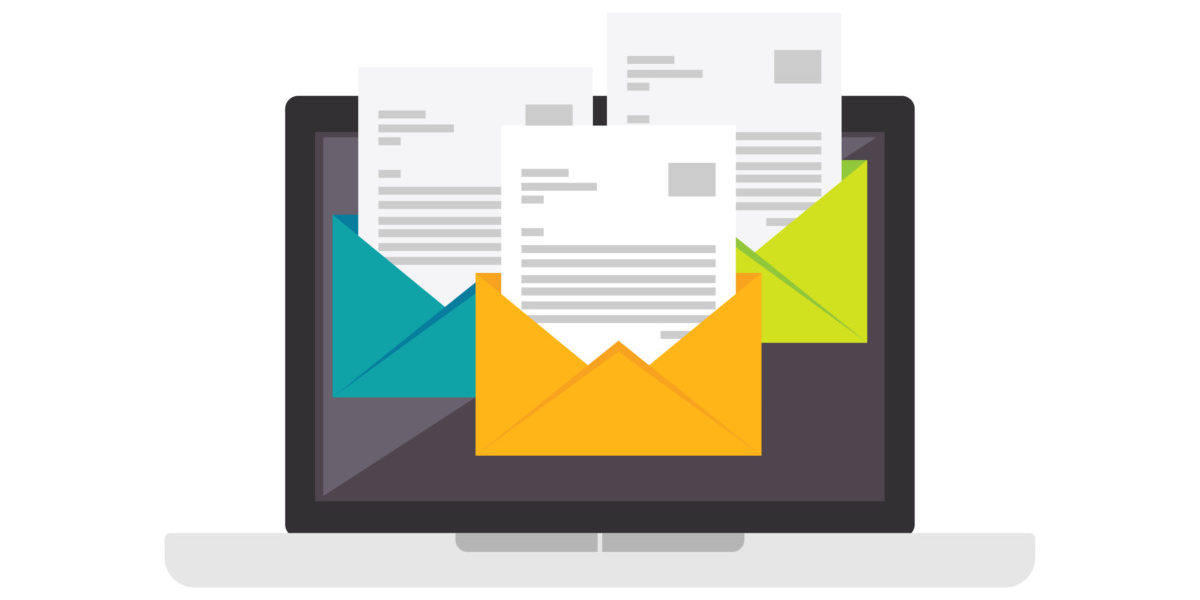In this blog post, I’ll share with you five tips for writing effective emails.
But first, one question: what is an effective email?
Put quite simply, an effective email is one that achieves the following things:
- it gets noticed immediately by the intended recipient;
- it delivers its message clearly; and
- it achieves its desired result. For example, this could be that you get a response to your email, or that the recipient does what you are asking him to do.
We live in very busy times. Our inboxes are exploding with all sorts of emails from all sorts of people – colleagues, salesmen, suppliers, cold callers. Everyone has something to say, and everyone is competing for our attention.
And we are competing for attention as well. Every day, we write emails to our colleagues, managers, clients, and prospects. So how can we make sure that, from the sea of emails in their overcrowded mailboxes, they choose ours to open and read?
Here are five tips to help you achieve that.
1. Use a clear and informative title
Write a title that tells your reader exactly what the email is about. Your reader is a busy person, and he needs to know upfront what you’re contacting him about, and how urgent it is. Telling him that upfront (via the title) is a time-saving act and a great courtesy as well.
And it can only work in your favour. If the matter is important, your reader will know to open and read your email right away. And, if the matter is not important, although he may not read it right away, he is more likely to approach your email with a bit more thought than he would an email with no title, or with a misleading title.
2. Use a clear opening sentence
OK so you have a good title to your email. That’s great.
Next thing: open your email with a clear sentence, explaining what the email is all about.
Here is a good example:
‘I’m writing to tell you about some recent changes in the Finance department, and how this will impact our invoicing process.’
You can see how this sentence sets the context for the entire email. The reader can now expect to read about the changes, and also about the revised invoicing process. However, if the writer had just gone straight into explaining the changes in the Finance department, the reader would be left wondering what the point was. With a clear opening statement, he now knows what the email is about, and what to look out for.
So, don’t dive straight into a long story, leaving your reader wondering what your email is about. Tell him immediately what he can expect from your email.
3. Target your email properly
We’ve all seen this before: an email addressed to several people, and copied to many more. And it is not clear to whom the email is really addressed.
And within the body of the email, there are questions directed at different people, or at no-one in particular.
As a result, nobody replies. Everyone thinks someone else will reply, and, ultimately, no-one does.
Don’t write such emails. Target your recipient carefully. Ask yourself: what exactly am I trying to achieve with this email, and who exactly do I need to send it to, in order to achieve that? If you have multiple goals, consider whether it’s better to send more than one email, i.e. different emails to different people. Try not to lump many recipients into one email.
4. Make it readable
This means, at least, the following:
- Use correct grammar and spelling;
- Make sure your language flows well;
- Keep it short and simple;
- Break up long chunks of text, for example, with sub-headings; and
- Avoid unfamiliar words and phrases.
5. Tell your reader clearly what you want from him
It’s best to do this right at the beginning of the email. So, using our example from above, you could write something like this.
‘I’m writing to tell you about some recent changes in the Finance department, and how this will impact our invoicing process. Please could you read through and let me know your thoughts?’
So, not only have you told the reader what the email is all about, you have also told him what you expect from him. And all this right at the outset!
This is very helpful as it creates a clear context for your email. Your reader is reading it while knowing its entire context. While reading, he is also keeping in mind what it is you want from him. This creates a better engagement between the reader and the email. This makes it more likely that he will read it till the end, and that he will do what you have asked him to do.
Conclusion
In these busy times, almost everyone in the business world is swamped with emails. But you can make yours stand out by writing in a way that delivers your message with clarity. These five tips will get you there.
What are your tips for getting your emails noticed and read? Let us know in the comments.





